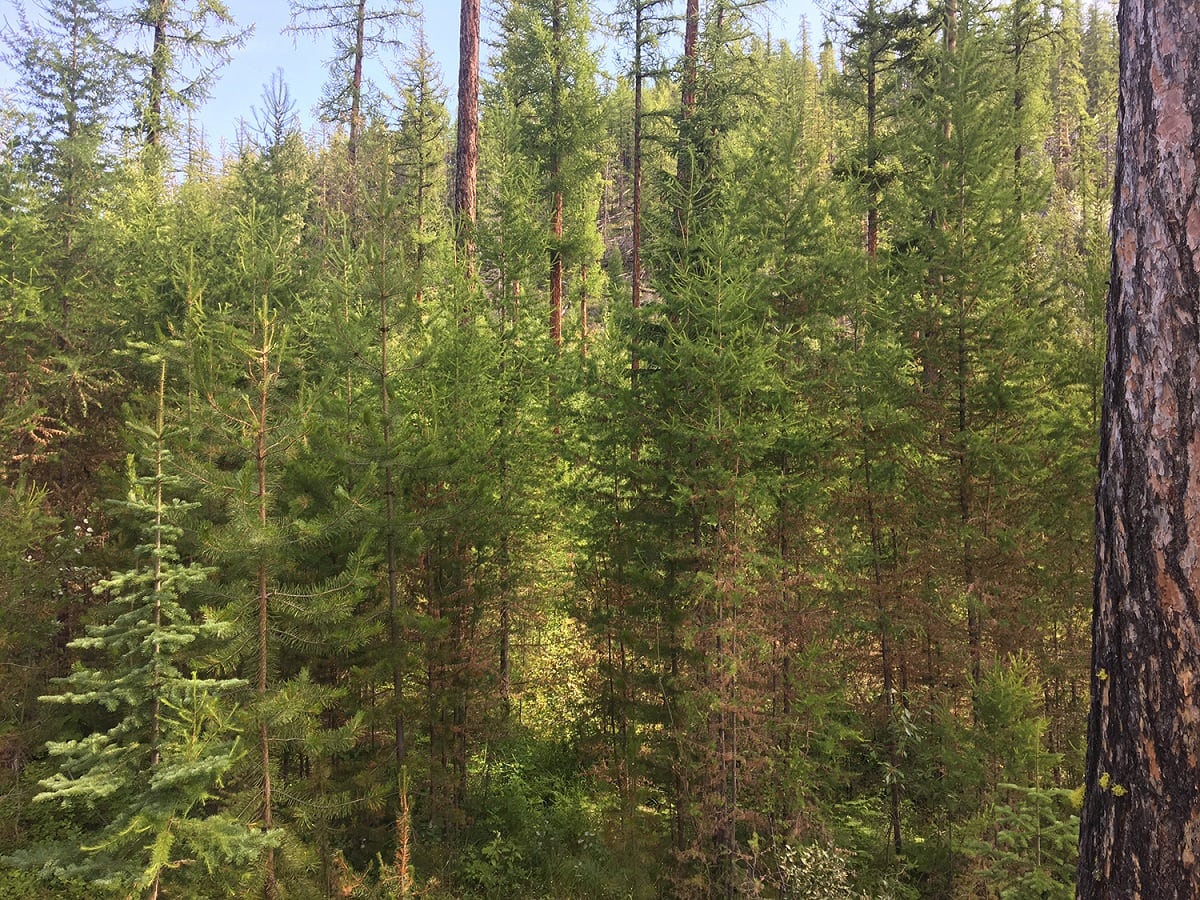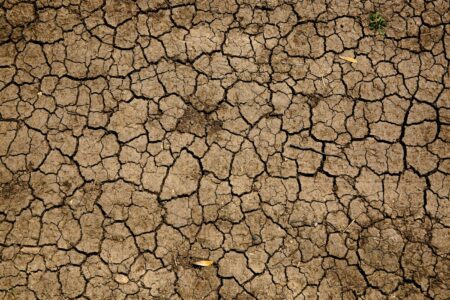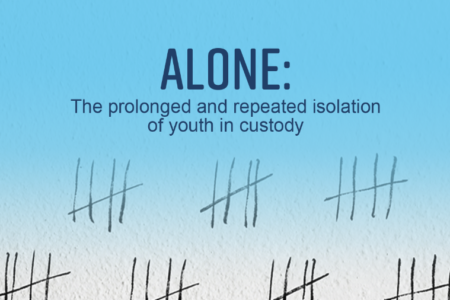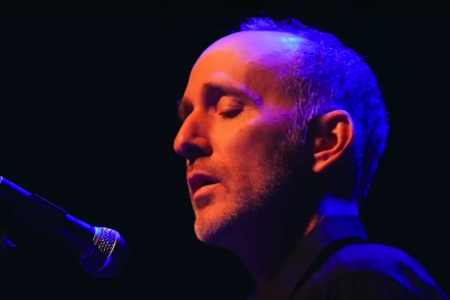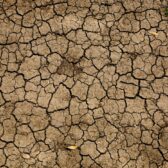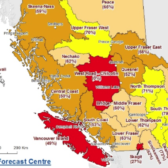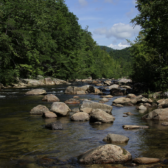Reducing wildfire risks
While the ground remains snowy, communities throughout the Columbia Basin are thinking ahead to how they can reduce the risks of wildfires. Several projects will be helping to keep people and places safer with over $1 million from Columbia Basin Trust’s Community Wildfire Program.
“Anyone who’s been in the region in the past few years has witnessed how wildfires can choke the air and put communities in danger,” said Johnny Strilaeff, Columbia Basin Trust President and Chief Executive Officer. “With realities of climate change, these risks are increasing, and communities are prioritizing reducing the impacts of wildfires in the Basin.”
The successful projects are using innovative methods or spreading the word by educating the public and others. The Trust also provides advice to communities through a wildfire advisor. These projects are in addition to the more than $1.5 million the Trust has already provided since 2012 to help communities prepare for and reduce the risks of wildfires.
The City of Kimberley will develop stand treatments for young conifer plantations near the city to reduce wildfire threats to the community. How to reduce wildfire risk posed by young conifer plantations while building in community resilience and maintaining future timber values is not well understood. This project will utilize thinning, the removal of thinned materials and prescribed burns to achieve the treatments, and then will assess and report on the treatment viability and effectiveness on various plantations.
“In mature stands, thinning and prescribed fire is a commonly accepted strategy; the same strategy can work in young plantations if we target the right species and sizes of trees and are careful with our prescribed burn,” said Robert Gray, Wildland Fire Ecologist,R.W. Gray Consulting Ltd. “The project results will then be disseminated to other resource managers in the Basin so they can apply similar treatments.”
The Regional District of Central Kootenay, in collaboration with partners, will use various treatments and methodologies to explore ways to reduce wildfire fuels surrounding the communities of Creston, Kaslo and Nakusp. The findings will then be analyzed to develop prescription guidelines and performance standards that other communities can use and learn from to protect themselves from wildfire.
“The completed pilot projects will directly help mitigate the impacts of wildfire on the communities of Creston, Kaslo and Nakusp,” said Joel Hamilton, Wildfire Mitigation Supervisor. “They will also demonstrate a high level of collaboration between key players, from municipalities to recreation groups, and provide findings for other communities to potentially benefit from.”
The City of Rossland will limb and thin trees to reduce the amount of wildfire fuel in 12.5 hectares near the community. However, instead of burning or chipping the woody debris, it will create “hugels” to improve the overall health of the forest. This means the debris will be piled into shallow excavated or natural depressions and then covered with soil, seeds and mulch.
“Hugels build soil, reduce erosion, capture moisture, improve water retention, cycle slow‐release nutrients, retain carbon and create habitat for native vegetation and underground shelter for wildlife, plus will increase the aesthetics and safety of our local trail system. They’re not constrained by the limited season for burn piles, and should cost about the same,” said Andrew Bennett, Project Lead. “Once completed, we will produce replicable templates, such as a how‐to‐hugel guide and a slideshow of lessons learned, so the methods can be used elsewhere in the Basin and BC.”
In addition, seven projects are receiving over $127,000 to help communities educate the public about wildfire risks and teach property owners and others about the actions they can take to reduce the impacts of community wildfires.
The District of Invermere, will take several steps, including delivering information door to door to get people thinking about how to reduce the risks of interface wildfires (ones that could harm human-made structures) during spring cleanup. It will also host a FireSmart workshop for construction, renovation and landscape professionals, and retailers like greenhouses and building supply stores, plus attend public events to raise awareness and encourage people to act.
“Educating property owners about interface fire risk reduction is a priority for the District of Invermere, and FireSmart is a program proven to reduce the risk of losses in neighbourhoods,” said Jenna Milne, Environmental Special Projects Coordinator. “We also believe it’s fundamental to educate and engage with the professionals and retailers who have critical influence over many facets of home and yard conditions that impact the vulnerability or fire resistance of residential properties.”



